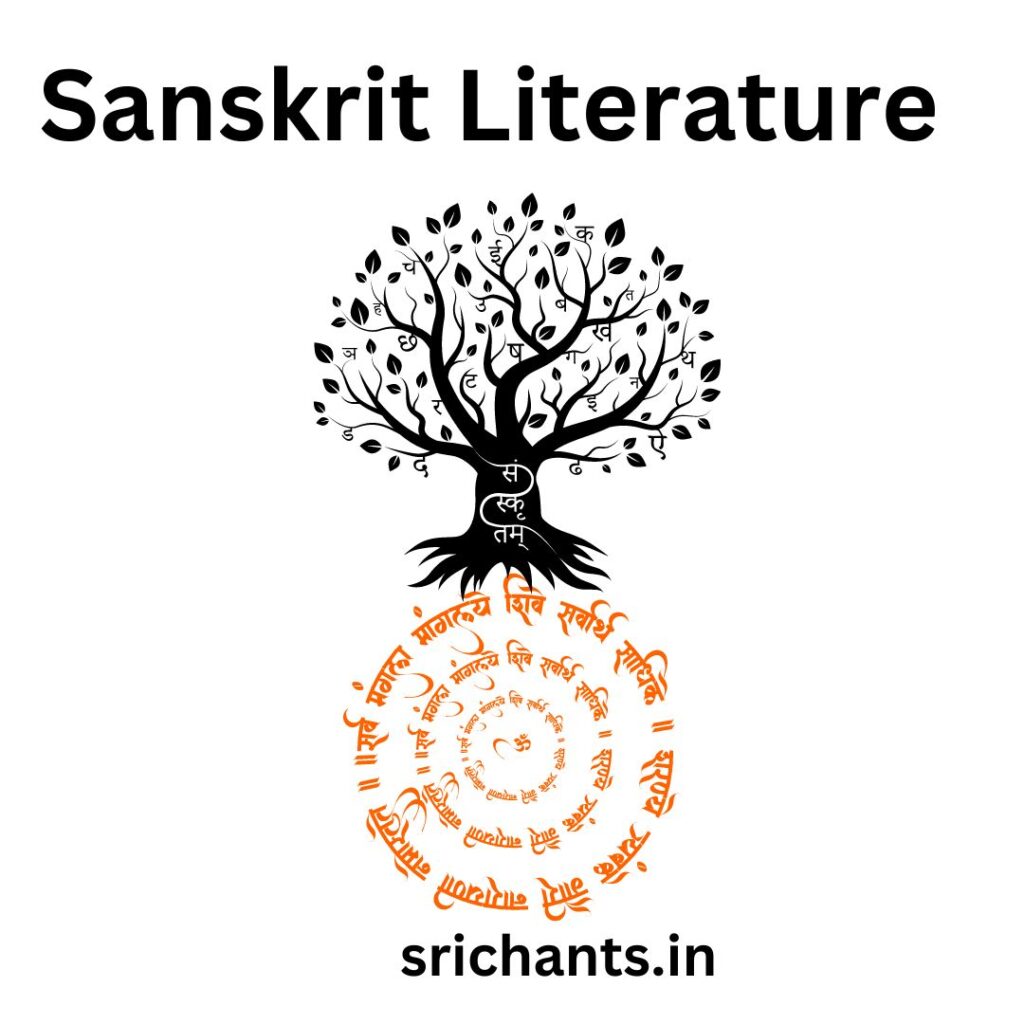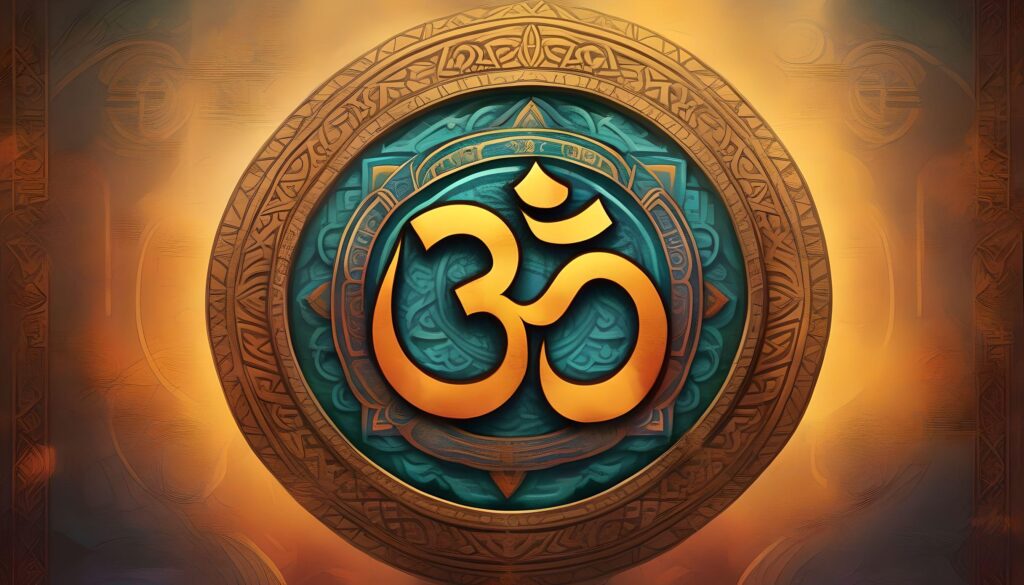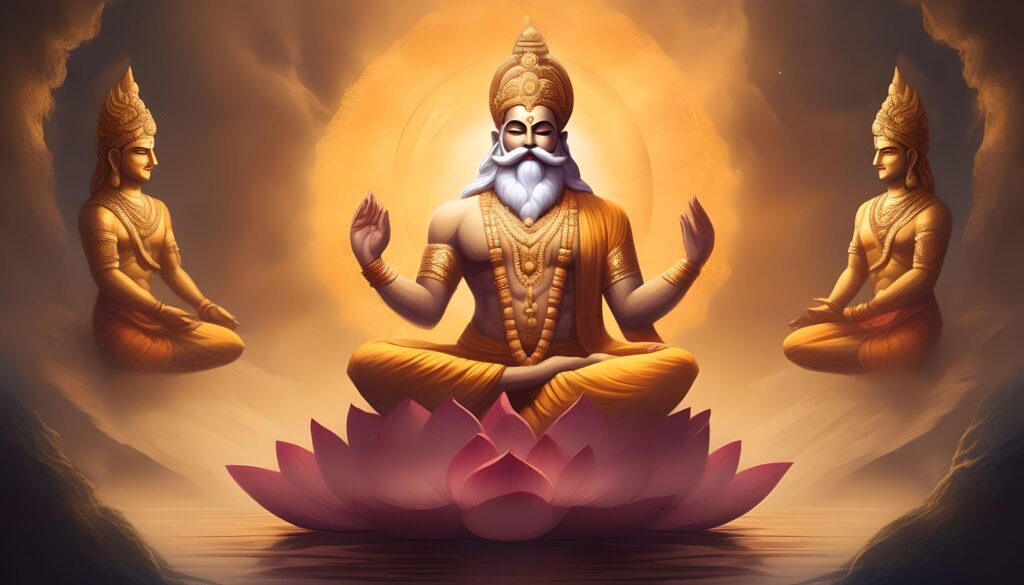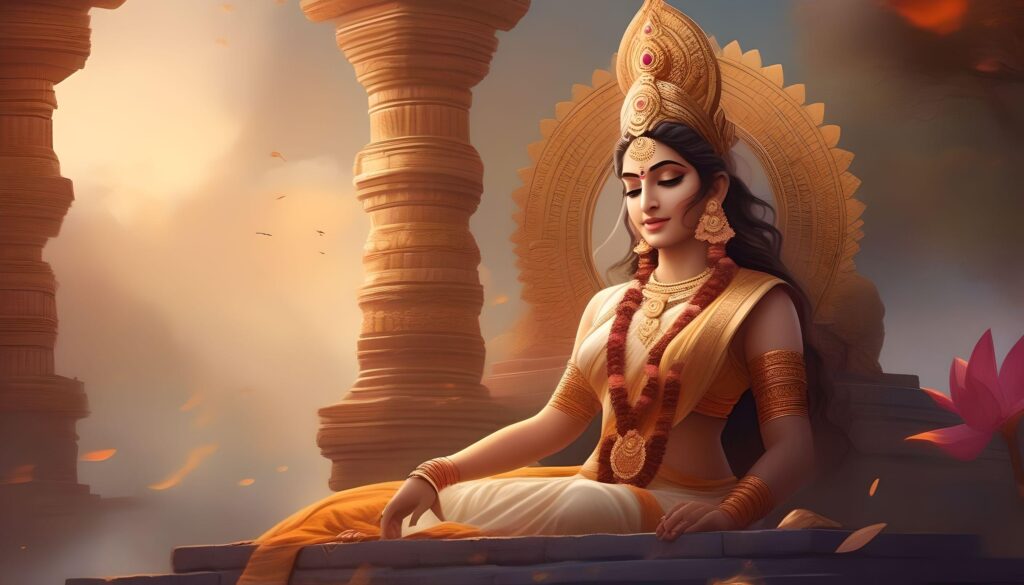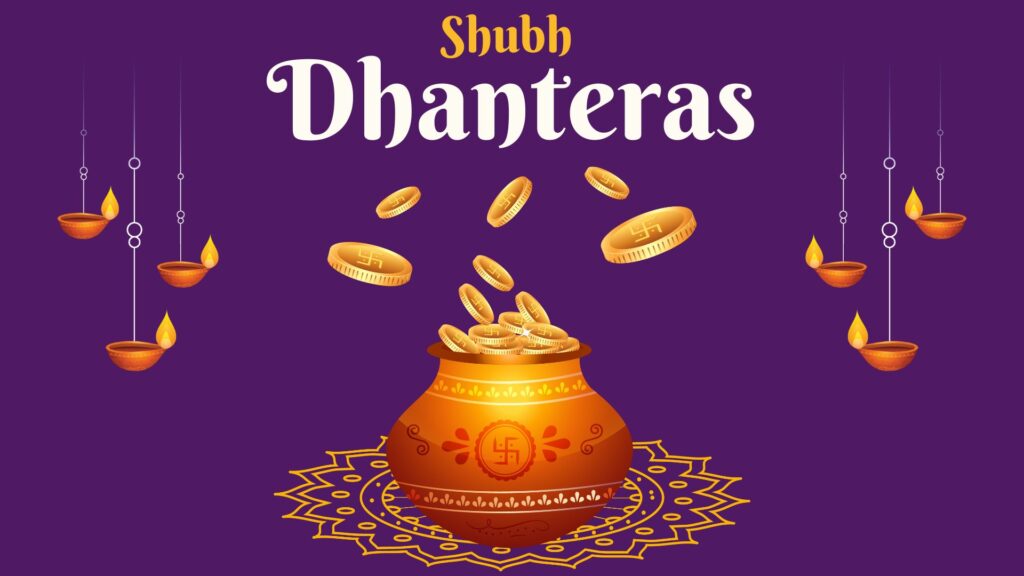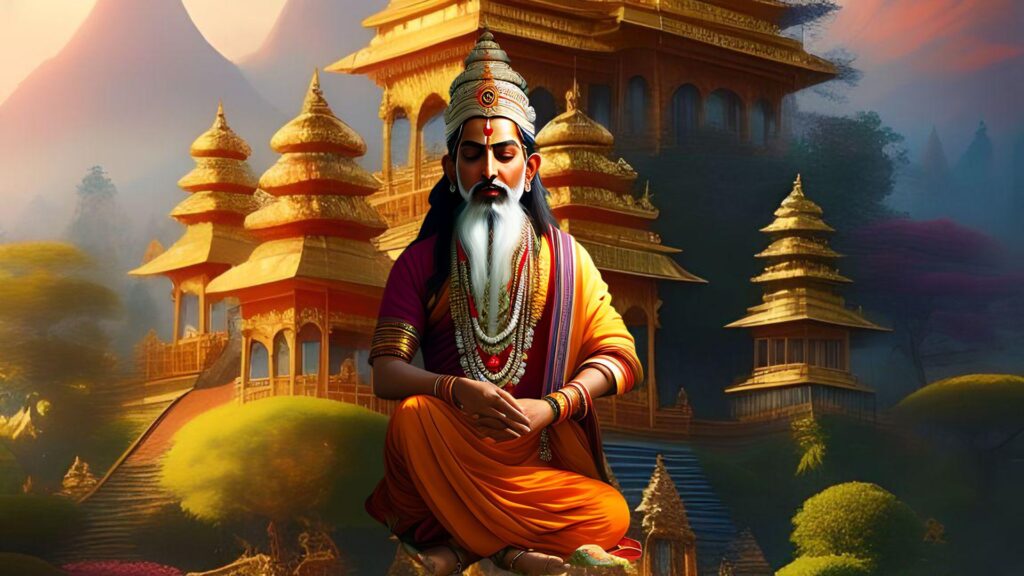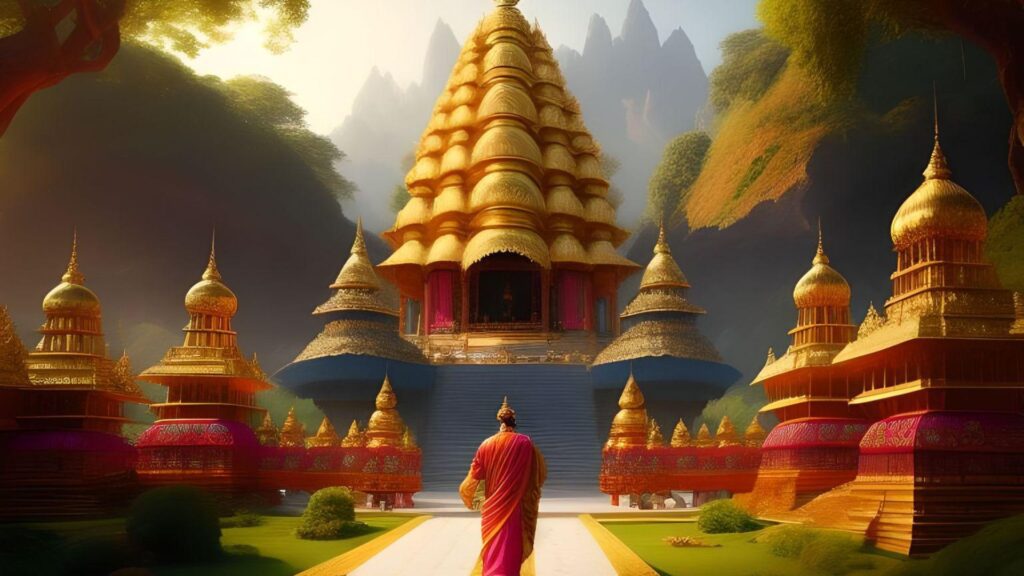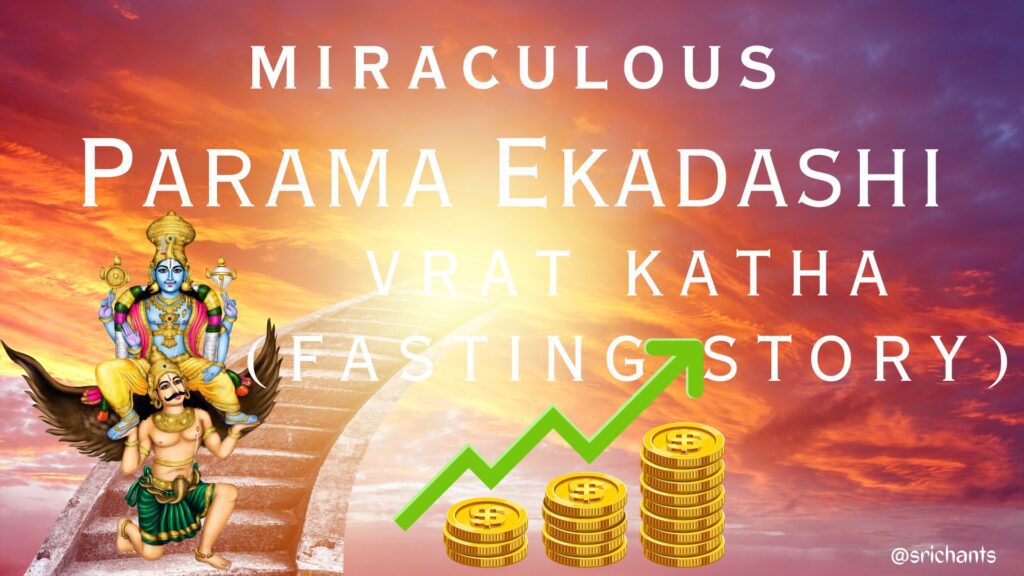Sanskrit Literature: A Journey through Ancient Indian Texts
Introduction
Sanskrit literature is a plethora of ancient Indian wisdom, comprising a variety of forms of narrative prose, drama, and poetry. It is the language of Hinduism, Buddhism, and Jainism, and it occupies a significant position in the cultural heritage of India. Sanskrit’s origins can be traced back to the Vedic period, which occurred between 1700 and 1200 BCE. Since then, it has developed into a classical language of significant philosophical and literary value. This article will delve into the rich history and significant contributions of Sanskrit literature, examining its origins, development, and enduring legacy.
Origins of Sanskrit
The Indo-Iranian branch of the Indo-European language family is the source of Sanskrit. It is postulated that it originated as Vedic Sanskrit, the language of the Vedas, the earliest sacred texts of Hinduism. Hymns, rituals, and philosophical teachings comprise the Vedas, which were composed between 1500 and 500 BCE. Vedic Sanskrit was primarily an oral tradition that was handed down through the centuries and preserved through generations of recitation.
Development of Sanskrit Literature
The Vedic period and the classical period are the two primary periods into which Sanskrit literature developed. The Vedic period was characterized by the emphasis on religious and ritualistic texts, while the classical period saw the emergence of a variety of literary genres and the standardization of Sanskrit grammar.
Vedic Period
The earliest form of Sanskrit literature was created during the Vedic period, which extends from approximately 1500 to 500 BCE. Vedic Sanskrit is founded on the Vedas, which are four collections: the Rig Veda, Sam Veda, Yajur Veda, and Atharva Veda. The ancient seers and priests conducted rituals, petitions, and hymns, which are included in these texts.
The hymns were memorized and recited during religious ceremonies in Vedic Sanskrit, which was primarily an oral tradition. The hymns’ memorization and transmission were facilitated by their poetic and melodic qualities. The Rig Veda, in particular, is a remarkable compilation of over a thousand hymns that explore cosmic mysteries and praise a variety of deities.
Classical Period
The renowned scholar Panini standardized the language around 500 BCE, marking the beginning of the classical period in Sanskrit literature. The “Astadhyayi,” a work by Panini, established the regulations for Sanskrit grammar, syntax, and morphology. His thorough examination of the language established a solid foundation for the advancement of classical Sanskrit.
Various literary genres flourished with the emergence of classical Sanskrit. During this period, poetry, drama, epics, and treatises on a variety of subjects were produced. Sanskrit literature experienced a golden period during the Gupta dynasty’s reign, which spanned the 3rd to 8th centuries CE. Kalidasa’s plays, epics such as the Mahabharata and Ramayana, and treatises on philosophy and statecraft are among the most notable works of this era.
Major Genres of Sanskrit Literature
Sanskrit literature is composed of a diverse array of genres, each of which contributes to the intricate tapestry of Indian culture and knowledge. Let us investigate several of the leading genres that emerged throughout the various periods of Sanskrit literature.
1. Sanskrit Poetry
Kavya, or Sanskrit poetry, is a literary form that is highly regarded. It emphasizes the artistry of language, which encompasses form, manner, and figures of speech, in addition to storytelling. The classical period was marked by the emergence of renowned poets such as Kalidasa, whose works continue to captivate readers to this day.
Kalidasa, who is frequently considered the greatest Sanskrit poet, authored masterpieces such as “Kumarasambhava” (the birth of Kumar or Kariya, the son of Shiva and Parvati) and “Raghuvamsa” (the dynasty of the Raghus). “Ritusamhara” (medley of seasons) and “Meghaduta” (the cloud messenger) are among his other notable compositions.
Harisena, who composed poems in honor of Samudra Gupta, and Jayadeva, who composed the renowned “Gita Govinda” in the 12th century, are two other notable Sanskrit poets. These poets demonstrated the depth and adaptability of Sanskrit poetry by delving into the themes of spiritual devotion, nature, and love.
2. Sanskrit Drama
During the classical period, another noteworthy genre emerged: Sanskrit drama, or Natya. Sanskrit dramas were elaborate theatrical productions that integrated music, dance, and narrative, and were influenced by Vedic mythology and ritualistic practices.
The development of Sanskrit drama was influenced by the works of renowned playwrights such as Shudraka, Bhasa, Asvaghosa, and Kalidasa. Sanskrit theater’s masterpieces include plays such as Shudraka’s “Mricchakatika” (The Little Clay Cart) and Kalidasa’s “Abhijnanasakuntalam” (The Recognition of Shakuntala).
Sanskrit dramas delved into a variety of subjects, such as politics, morality, and love. They offered a glimpse into the intricacies of human relationships and societal dynamics in ancient Indian society.
3. Sanskrit Epics
The Mahabharata and the Ramayana are the two most significant epics in Sanskrit literature. These epics, which were crafted over the course of centuries, recount epic narratives of divine intervention, morality, and heroism.
Intricately constructed narrative that recounts the Kurukshetra War between two factions of a royal family, the Mahabharata is attributed to the sage Vyasa. It explores philosophical discourses, complex moral dilemmas, and profound teachings on dharma (duty) and righteousness.
The sage Valmiki composed the Ramayana, which recounts the life and exploits of Lord Rama, his wife Sita, and his devoted devotee Hanuman. It delves into the themes of loyalty, affection, and the triumph of good over evil. The Ramayana has had a profound impact on Indian art, culture, and religious practices.
4. Sanskrit Philosophical Texts
A vast corpus of philosophical texts that explore profound metaphysical and ethical questions is also included in Sanskrit literature. The Vedic scriptures, which include the Upanishads, are regarded as the cornerstone of Indian philosophy. These treatises investigate the ultimate purpose of human existence, the substance of reality, and the self.
The Yoga Sutras of Patanjali, which delineate the principles and practices of yoga, and the Brahma Sutras, which offer a systematic examination of the nature of Brahman (the ultimate reality), are also noteworthy philosophical works. These texts have had a profound impact on Indian philosophical thought and are still being studied and practiced today.
Legacy and Influence
Sanskrit literature has made immeasurable contributions to Indian culture and civilization. During and following the Vedic period, Sanskrit emerged as the language of religion, scholarship, and the upper echelons of society. It served as a platform for the dissemination of profound philosophical concepts, artistic innovation, and moral guidance.
Sanskrit literature had an impact that transcended the confines of India. Persian, Arabic, and European literature were all influenced by the translations and adaptations of Sanskrit texts. The ethical reflections and proverbial wisdom of Sanskrit fairy tales and fables were incorporated into renowned works such as “One Thousand and One Nights.”
Sanskrit is still being studied and celebrated today. It is employed in traditional practices, classical music, and religious rituals. Scholars and devotees worldwide investigate the depths of Sanskrit literature, revealing its cultural significance and timeless wisdom.
Conclusion
The intellectual and artistic accomplishments of ancient India are exemplified by Sanskrit literature. Its profound philosophical insights, captivating dramas, and rich poetic traditions continue to inspire and enlighten. The cultural landscape of India and the world has been forever altered by Sanskrit, which was once the language of the gods. According to Kalidasa, “The Sanskrit language’s beauty is like the voice of the gods, enchanting all who hear it.”
